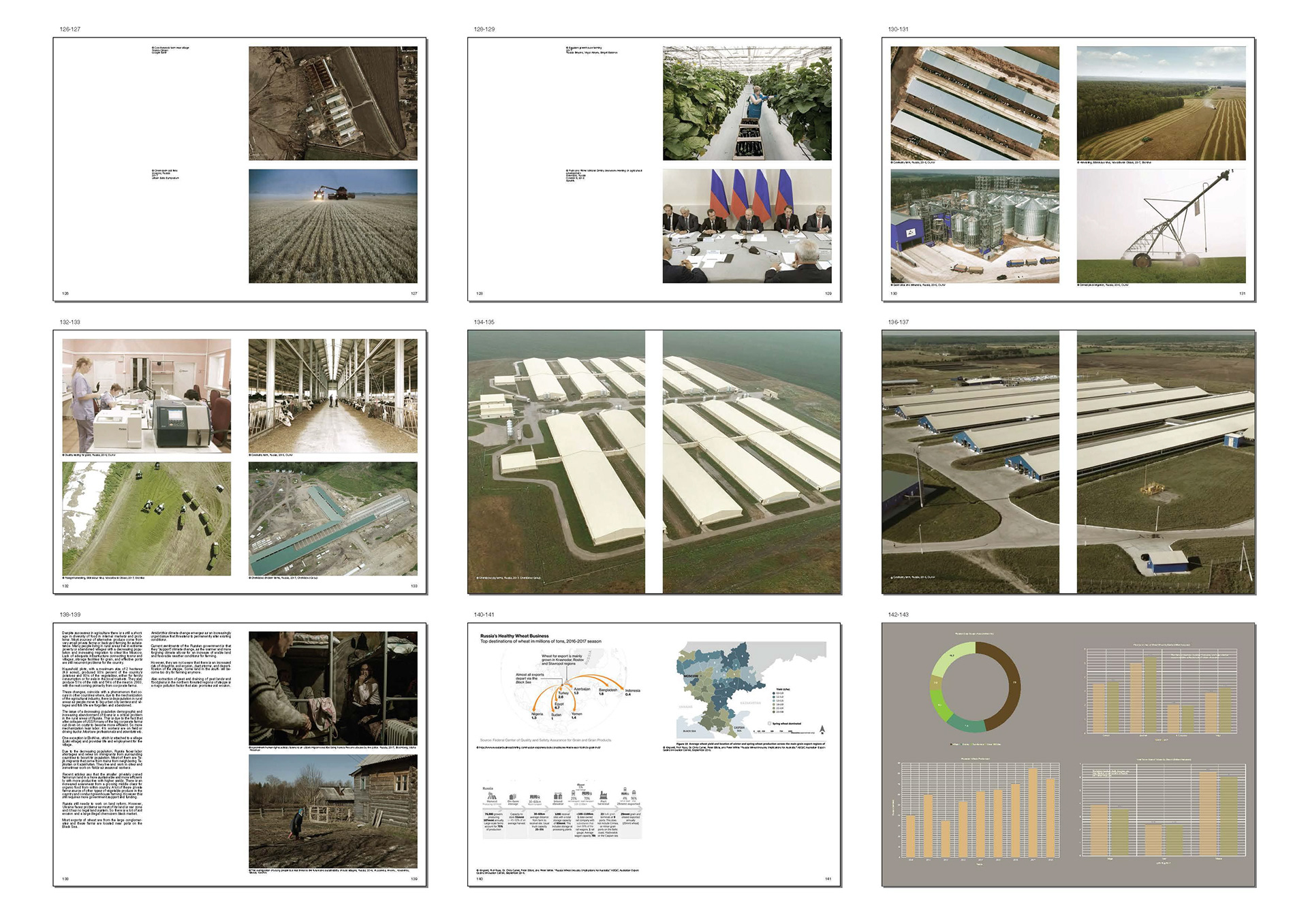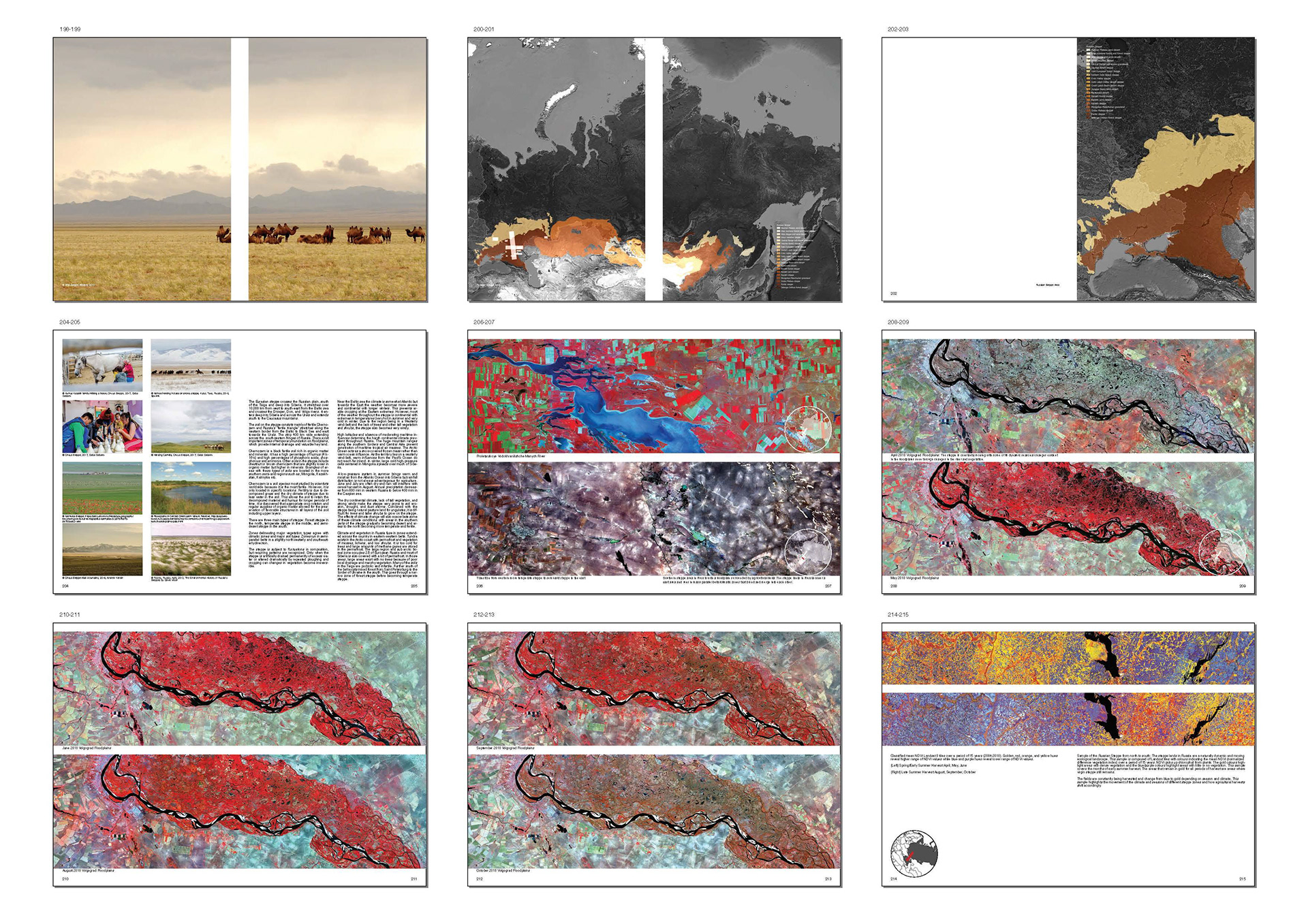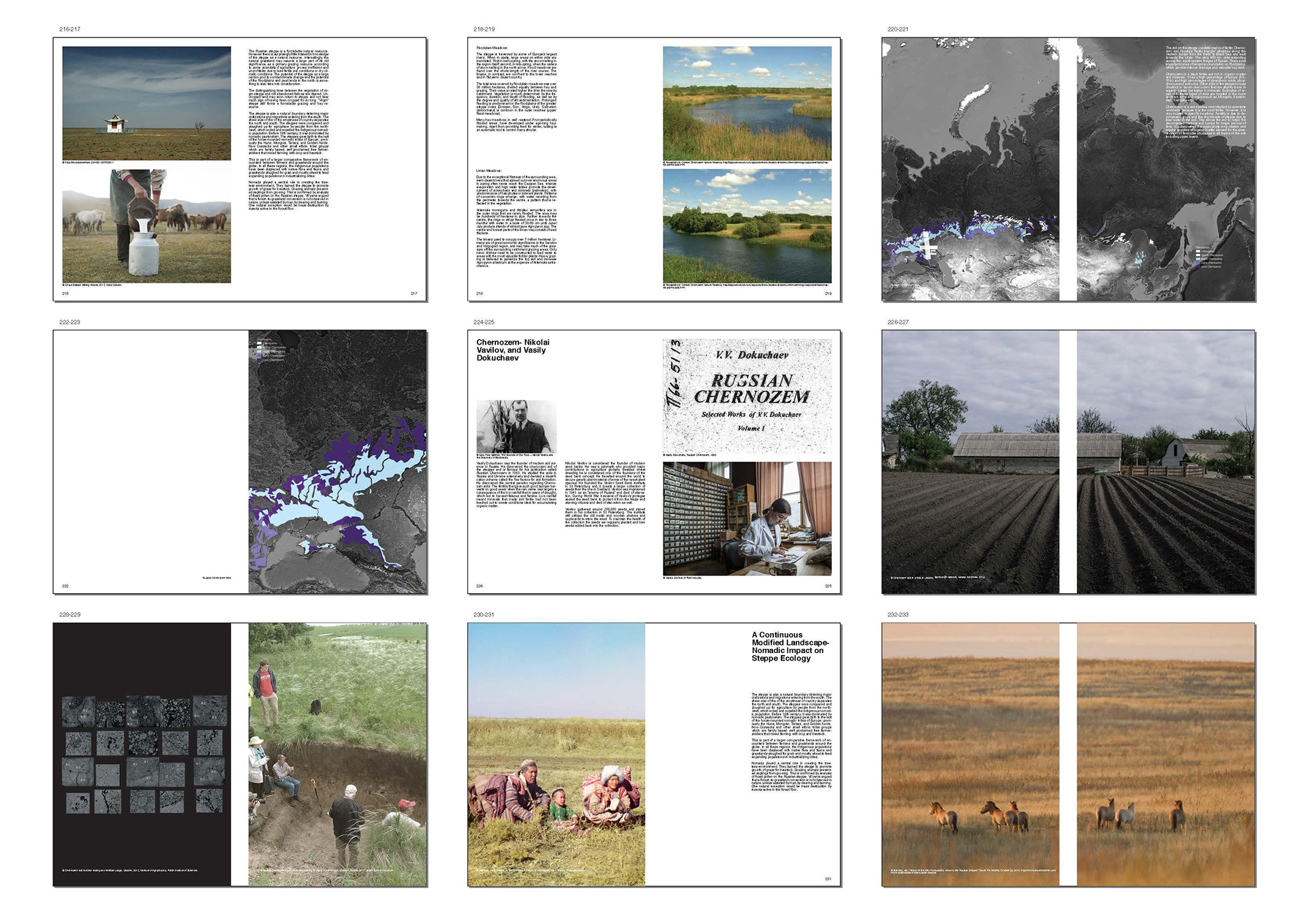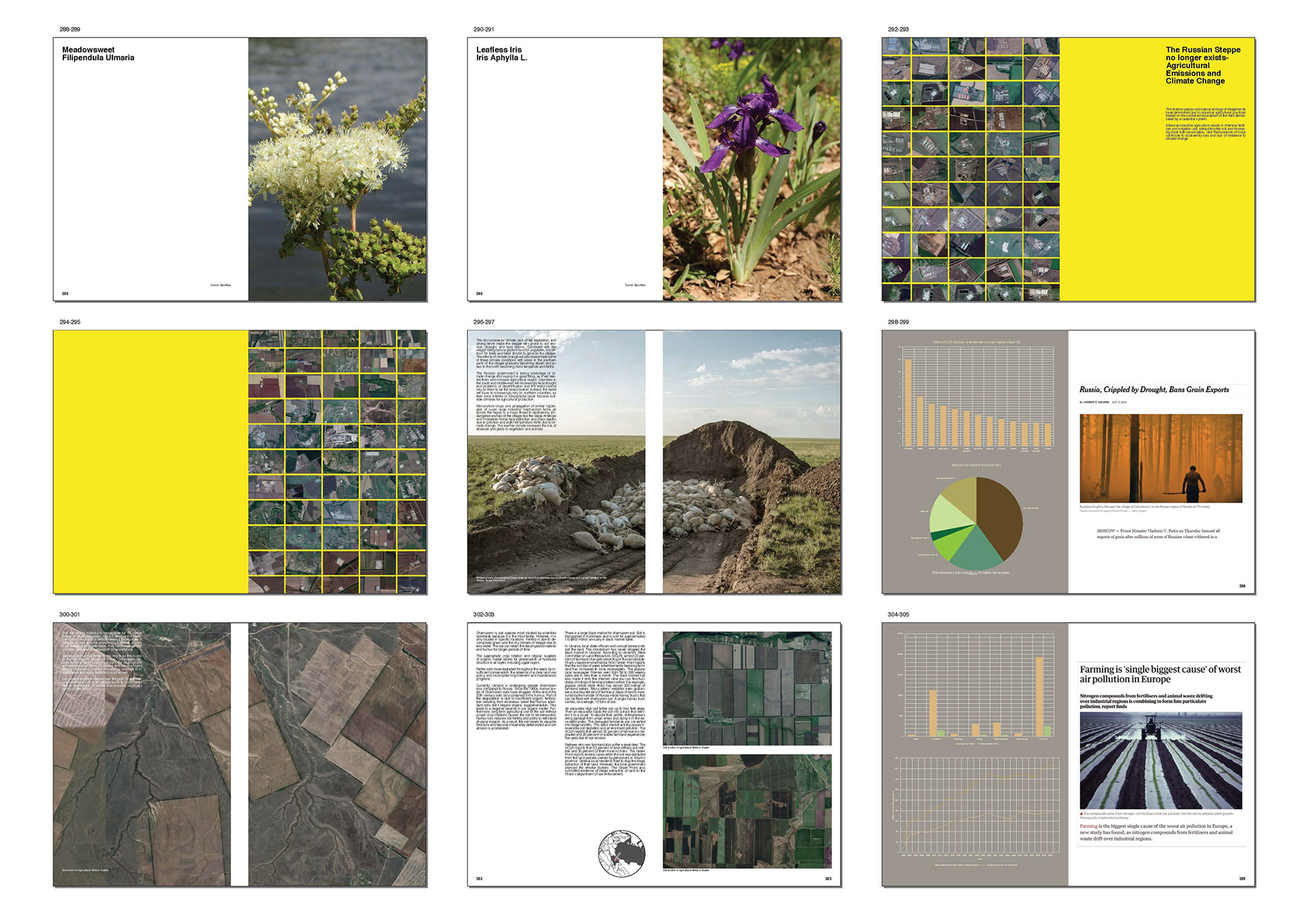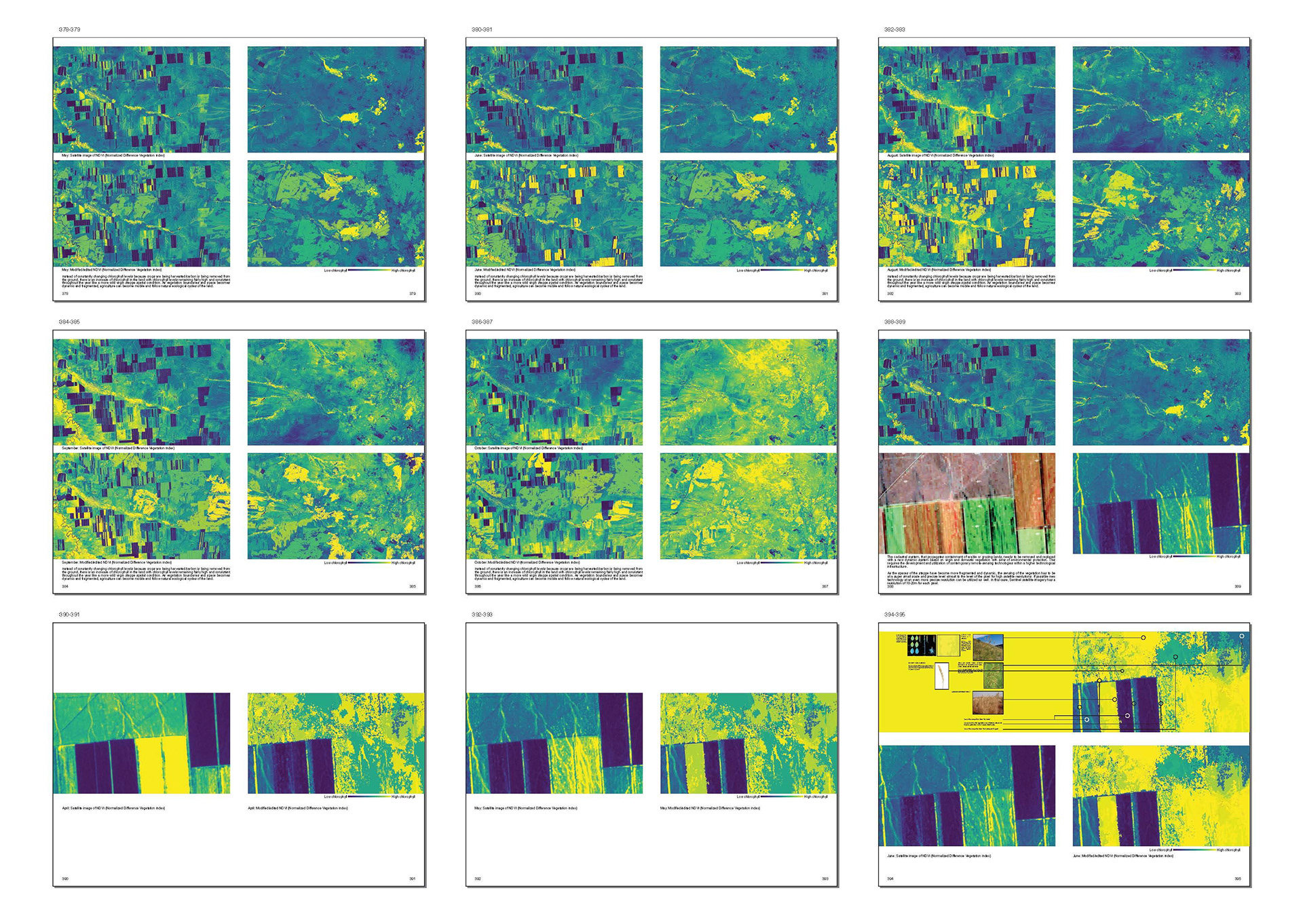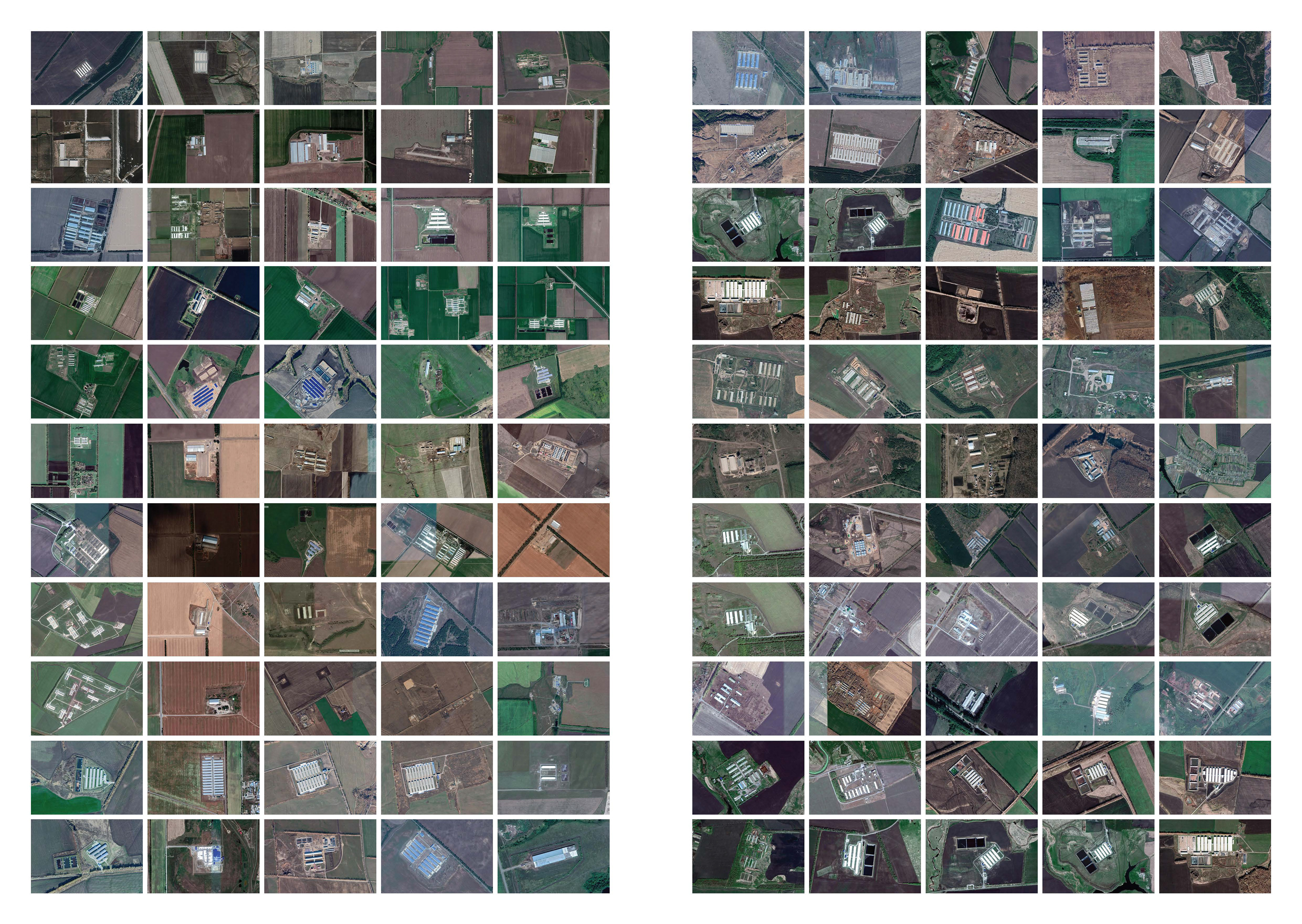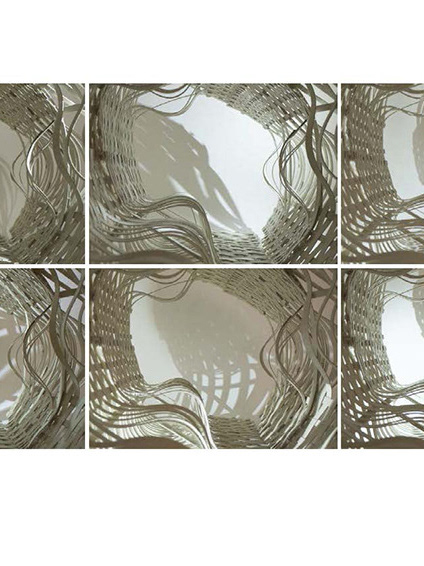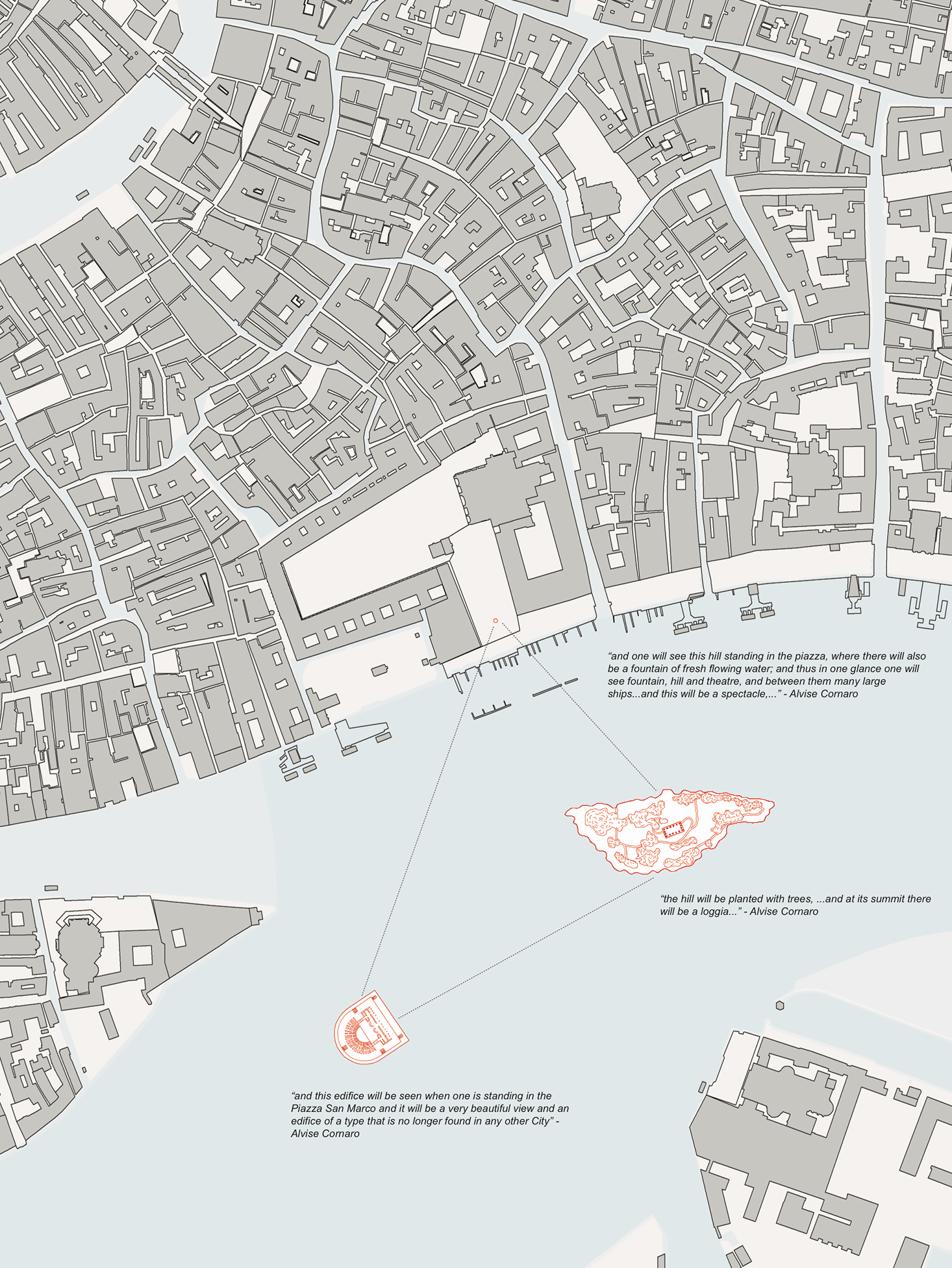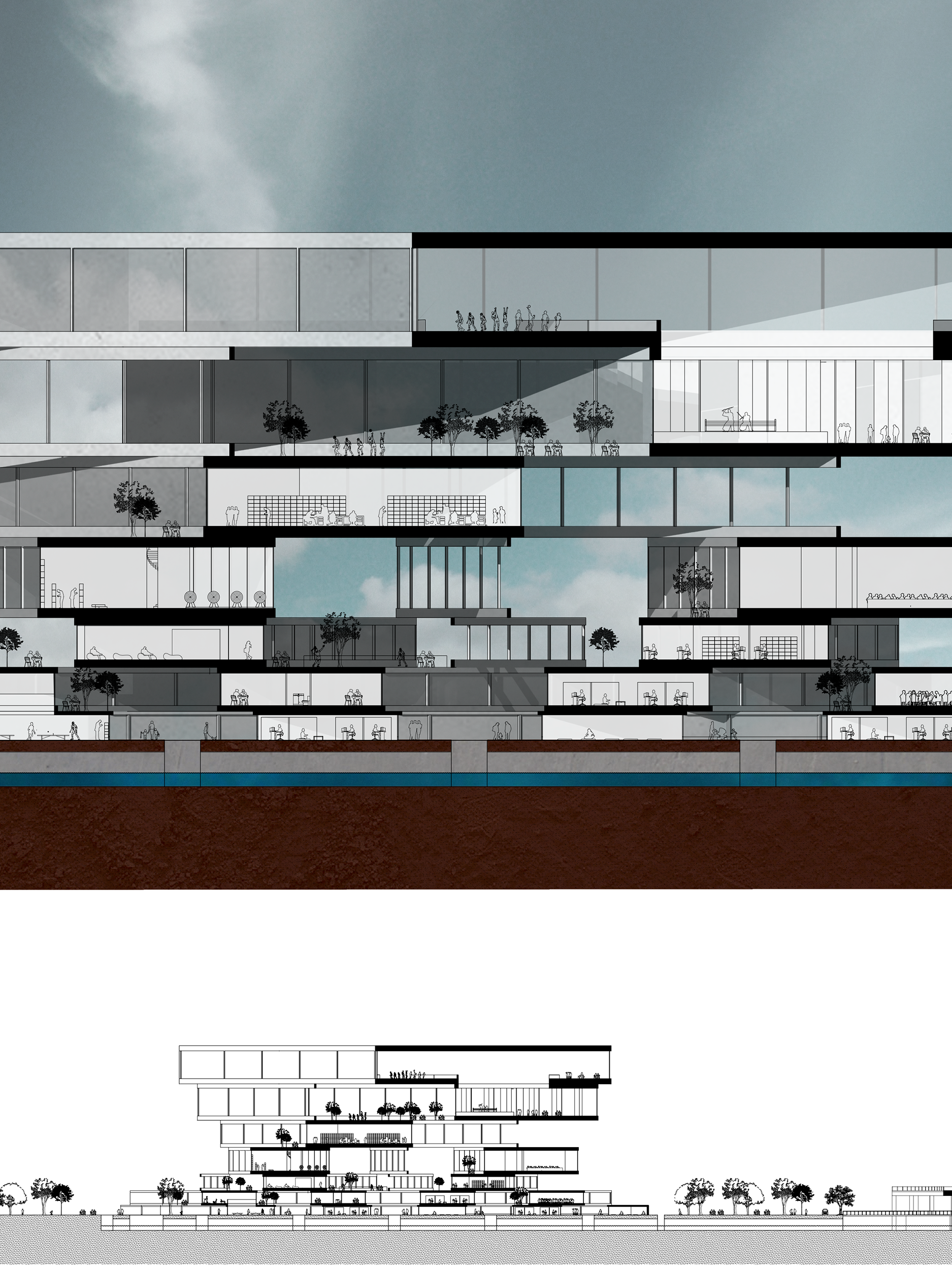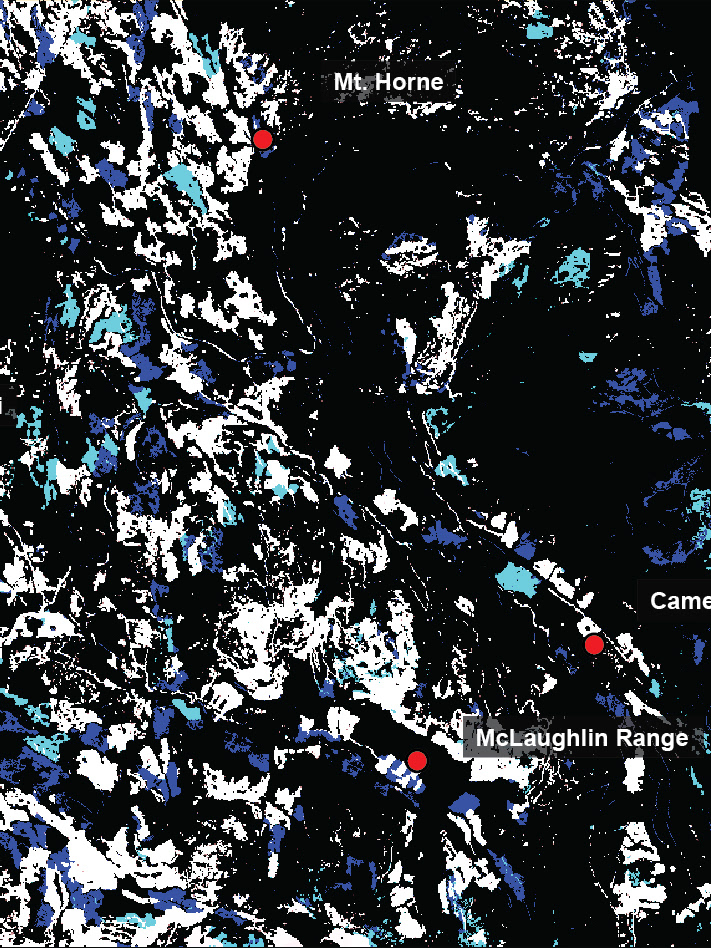

Besides the endless flat grasslands, the spaces of the Russian steppe exist in a “thousand” different forms in the imaginations of the Russian people throughout deep time and history.
These spaces and natural ecology of steppe lands have diminished due to industrial agricultural practices fixated on the contained boundaries of the field demarcated by a cadastral system.
The agricultural industry in Russia aims to sustain a large population as Putin seeks to make the country one of the largest agricultural producers in the world with ideas of geopolitical expansion. This results in intensive chemical fertilizer and irrigation use, exhausting the soil and increasing fossil fuel consumption. Vast monocultures of crops contribute to biodiversity loss and lack of resilience to climate change.
My project proposes to intensify the spaces of the Russian steppe to allow for the continuity of its ecological and imaginary existence. This requires a transformation in agricultural practices to reduce biodiversity loss, soil erosion, increase carbon sequestration, and reduce dependency on fossil fuels for agricultural output.
The cadastral system, that propagates containment of arable or grazing lands, needs to be removed and replaced with a new dynamic system based on virgin and domestic vegetation with aims of environmental protection. This requires the development and utilization of contemporary remote-sensing technologies within a higher technological infrastructure. Agricultural practices require a new innovative harvesting practice so that only the fruits of the plant are harvested without any waste being produced and discarded, thus keeping carbon in the ground and increasing biodiversity. The result will be an intensified wild fragmented spatial condition similar to the Neolithic that will allow agriculture to move with its ecological cycles instead of current use of large scale mechanization and monocultures of crops.







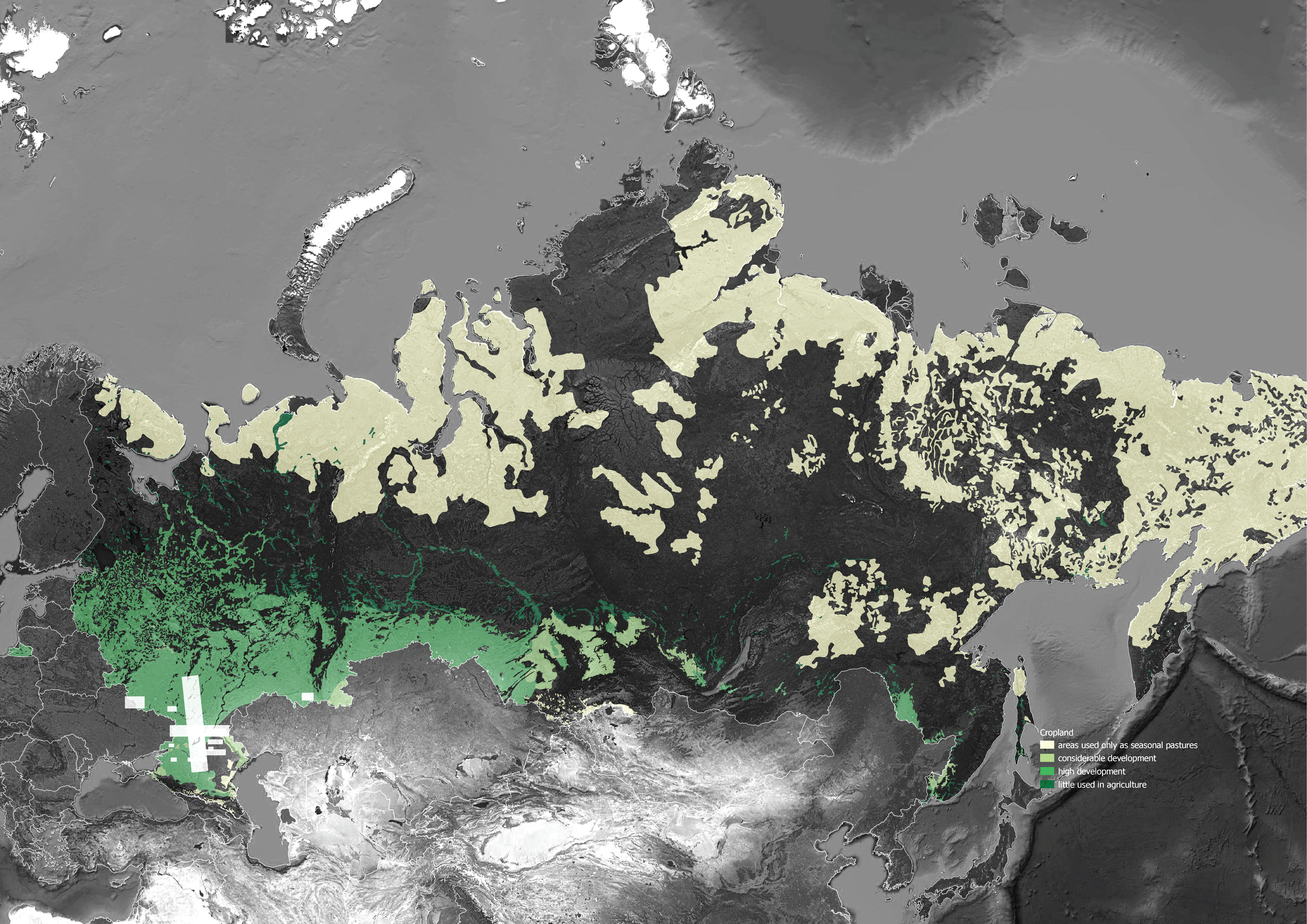
Thumbnails of Thesis Project Book


